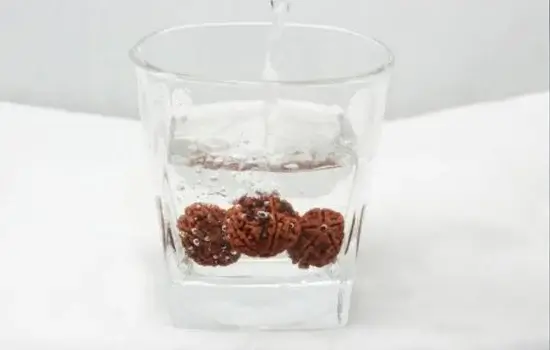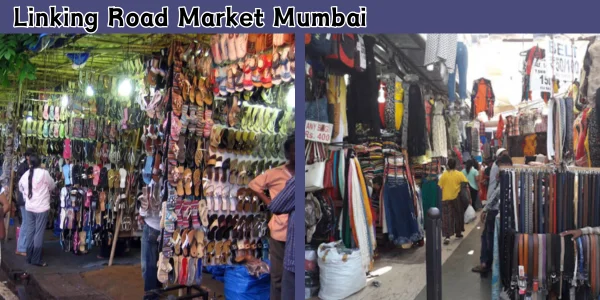Rudraksha beads, revered in Hinduism and Buddhism, are believed to possess spiritual and healing properties. However, the market is rife with counterfeit beads, making it essential to distinguish genuine Rudraksha from fakes. This guide outlines reliable methods to identify authentic Rudraksha beads.
Understanding Rudraksha
Rudraksha beads are the seeds of the Elaeocarpus ganitrus tree, primarily found in the Himalayan region and parts of Southeast Asia. Each bead features natural clefts or lines called “mukhis,” ranging from one to twenty-one, determining the bead’s type and purported benefits.
Methods to Identify Genuine Rudraksha

1. Examine the Mukhis (Faces):
- Natural Lines: Authentic Rudraksha beads have well-defined, unbroken lines running from top to bottom. Use a magnifying glass to inspect these lines; artificially carved lines may appear too perfect or sharp.
- Uniformity: The lines should be evenly spaced, and the bead’s surface should be rough and textured, not smooth or polished.
2. Internal Structure Verification:
X-Ray Test: An X-ray can reveal the internal compartments of the bead, corresponding to its external mukhis. A genuine Rudraksha will have the same number of internal chambers as its mukhis. This method requires specialized equipment and expertise.
3. Physical Tests:
- Water Test: Place the bead in a glass of water. Authentic Rudraksha beads may either float or sink, depending on their density and moisture content. However, this test is not entirely reliable, as some fake beads can be engineered to sink.
- Copper Coin Test: Some believe that placing a Rudraksha between two copper coins will cause it to rotate if genuine. However, this test lacks scientific backing and is not a reliable indicator of authenticity.
4. Surface Inspection:
- Natural Holes: Genuine Rudraksha beads have a natural, central hole. Inspect the hole to ensure it is not artificially drilled; natural holes are usually irregular and not perfectly round.
- Texture and Color: Authentic beads have a rough, uneven surface with a natural, earthy color. Be cautious of beads that are overly smooth, polished, or uniformly colored, as they may be fake or chemically treated.
5. Consult Experts and Certifications:
- Expert Evaluation: Seek guidance from reputable dealers or experts who can provide authenticity certificates and have a history of dealing with genuine Rudraksha beads.
- Avoid Suspicious Sources: Be wary of purchasing from unverified sources, especially if the price seems too good to be true, as counterfeit beads are often sold cheaply.
Common Myths and Misconceptions
- Milk Test: Some believe that soaking a Rudraksha in milk will keep the milk fresh if the bead is genuine. This method is unreliable and lacks scientific validation.
- Boiling Water Test: Exposing Rudraksha to boiling water to test authenticity can damage the bead and is not a recommended practice.
Conclusion
Identifying an authentic Rudraksha bead involves careful examination of its physical characteristics, internal structure, and seeking expert validation. Relying on myths or unproven tests can lead to incorrect conclusions. Purchasing from reputable sources and consulting with experts are the most reliable ways to ensure the authenticity of Rudraksha beads, allowing you to fully benefit from their spiritual and healing properties.

